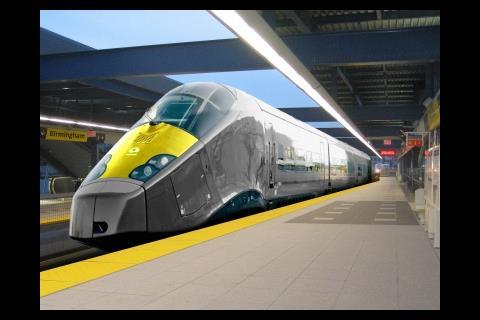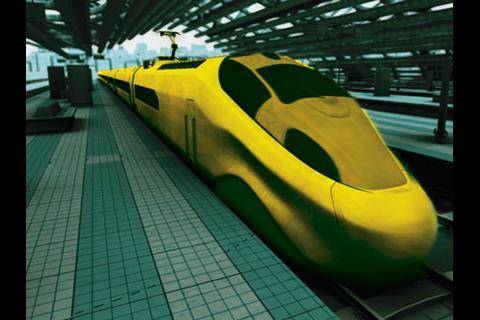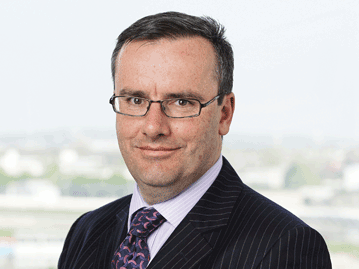UK: Deferral of the proposed link between High Speed 2 and High Speed 1 and extension of the first phase route from Lichfield north to Crewe are among the recommendations of a report issued on March 17 by HS2 Ltd Chairman Sir David Higgins outlining how the UK’s proposed high speed network should be taken forward.
Higgins, the former Network Rail Chief Executive who became Executive Chairman of the government’s project delivery body on March 1, was asked by Transport Secretary Patrick McLoughlin to prepare a non-binding review of the costs and phasing of the programme. As currently envisaged, a 190 km first phase between London and Lichfield is to be built by 2026, followed by a second phase taking the line north to Leeds, Manchester and junctions with the East and West Coast main lines near York and Wigan by 2033.
On costs, Higgins believes that the timescales for parliamentary approval and project delivery are key to determining how and where any savings might be made. The budget for constructing both phases of the 540 km network is currently £28·2bn plus £14·4bn of contingency imposed by Treasury rules. Higgins eschews the chance to reduce this total, instead noting that ‘I am confident that the budget can be made to work. The key variable is the length of time for legislation.’
Some savings should accrue from postponement of the proposed link between HS2 and HS1 through north London which would have shared part of the alignment of the heavily-used North London Line. Instead, Higgins recommends ‘a more comprehensive redevelopment of London Euston’ on a ‘level deck design’ to better connect the residential areas on both sides of the station, and ensure the hub stands comparison with the nearby stations at St Pancras and King’s Cross.
To accelerate the transport and wider economic benefits to northern England, the reports recommends construction of a ‘regional transport hub’ at Crewe by 2027. This ‘would bring together road and rail services for the region as a whole, allowing faster services sooner to Manchester, the rest of the northwest and to Scotland’. The Phase I route would be extended north by 69 km from the planned junction with the WCML at Handsacre near Lichfield.
On the second phase, Higgins suggests ‘more work needs to be done’ to integrate HS2 into the existing rail network, to ensure that it plays a greater role in improving journeys between regional cities, as well as between northern England and London. This ‘need not be a hugely lengthy or costly process’, he says, but ‘the aim should be to develop the second phase alongside NR’s Strategic Business Plan for the five-year control period starting in 2019’.
The report urges greater involvement for ‘civic and business leaders’ in developing the remainder of the network, rather than a ‘local or bilateral’ approach focused solely on the route of the railway itself. Higgins cites Network Rail’s national electrification programme and enhancements to the ECML as factors which, while not directly in HS2’s remit, are ‘hugely relevant’ to the final decisions about the project.




















